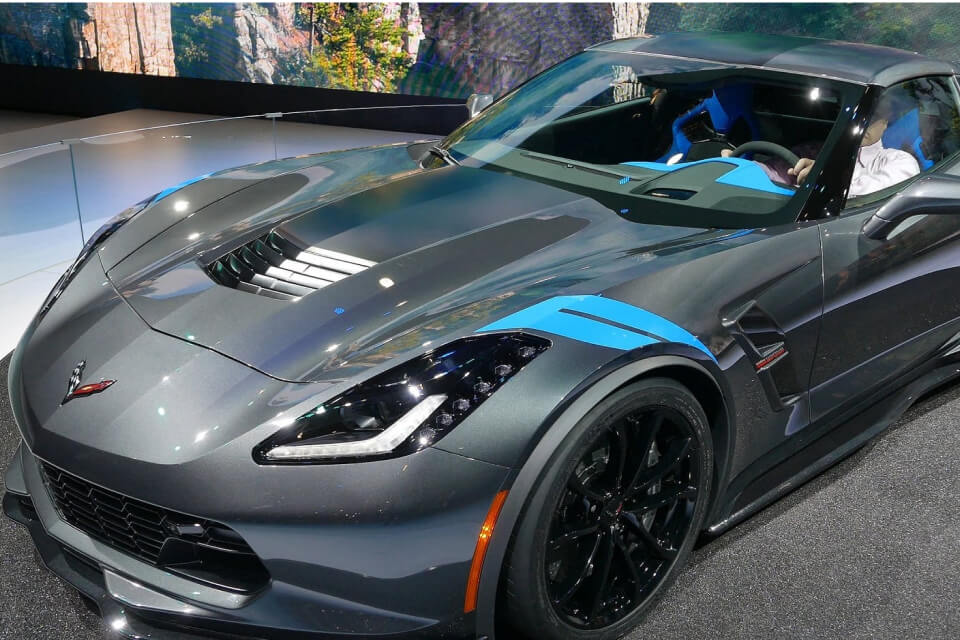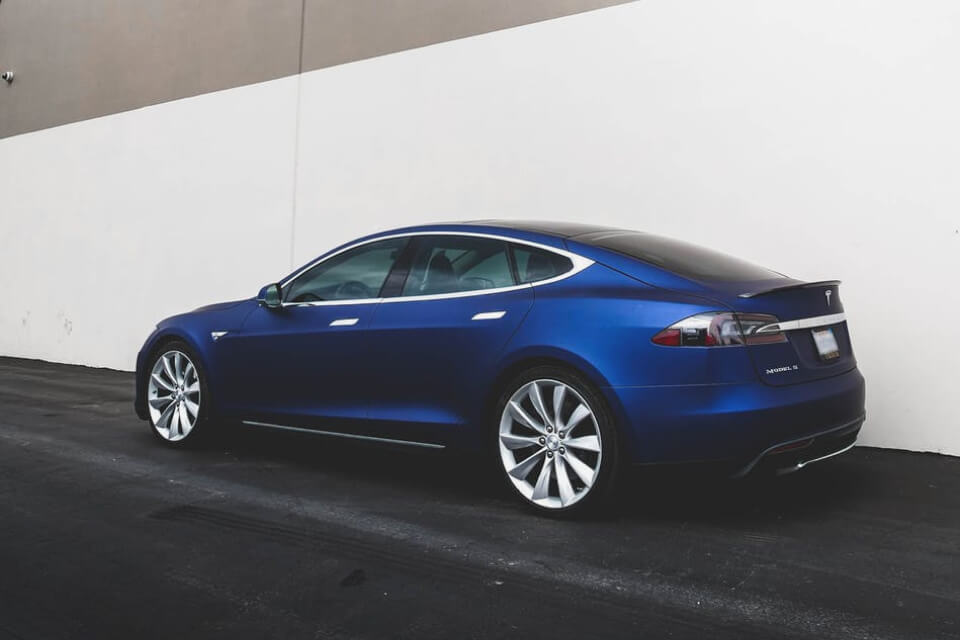Hybrid and traditional generators are shaping the energy solutions market, but which one wins the battle? Let’s dive into the details.
When it comes to keeping the lights on during an outage or powering up mobile applications, generators are the unsung heroes of modern infrastructure. But with the rise of hybrid generators, are traditional systems becoming obsolete? Let’s unravel this power-packed rivalry.
Traditional generators have long been the cornerstone of emergency and mobile power solutions. Using internal combustion engines and running predominantly on diesel or gasoline, they’ve been reliable workhorses for decades. However, reliability comes with a cost: significant fuel consumption, high maintenance, and a hefty carbon footprint. Enter hybrid generators, the greener, leaner alternative, captivating industries with their promise of reduced emissions and advanced technology.
At the core of this shift is General Electric’s pioneering role in power innovation. Their hybrid systems, for instance, blend traditional combustion engines with renewable energy sources and energy storage technologies. By integrating battery packs, hybrid generators optimize energy usage during low-load periods, significantly cutting fuel consumption. This not only makes them environmentally friendly but also reduces operational costs for businesses.
Hyliion’s Karno generator, recently showcased in a partnership trial with ANA Inc., epitomizes this evolution. With its advanced 3D metal printing technology, the Karno generator is a marvel of efficiency, operating on over 20 fuel types, including natural gas. Its flameless, low-temperature oxidation process eliminates the need for extra emission treatments, delivering near-zero emissions. Imagine powering your operations without the constant hum of a traditional generator—it’s that quiet!
Despite the allure of hybrid systems, traditional generators aren’t bowing out just yet. Their rugged dependability and ability to handle high power demands still make them the go-to for heavy-duty applications. However, as industries increasingly prioritize sustainability, a hybrid future seems inevitable.
But what about cost? Traditional generators often win in terms of upfront costs. Yet, when you factor in fuel efficiency and lower maintenance expenses, hybrid generators quickly close the gap. Businesses like ANA are betting on this long-term payoff, investing in trials to validate hybrid technology in real-world settings. And let’s not forget the environmental benefits—lower emissions translate to fewer regulatory hurdles and a smaller carbon footprint.
The hybrid generator isn’t just a trend; it’s a paradigm shift in power generation. Companies like General Electric and Hyliion are leading the charge, proving that sustainability and efficiency don’t have to be mutually exclusive. As industries adapt, the question isn’t whether hybrid systems will take over but how quickly they will become the standard.
So, which generator type should you choose? If you’re all about resilience and upfront savings, traditional systems might still hold their ground. But for those eyeing long-term efficiency, cost savings, and an eco-friendly edge, hybrid generators are the way to go. The future of power is here, and it’s hybrid.
Click here to get it while stocks last.
References: ANA to Launch Pilot Trial with Karno Generators | Rental Equipment Register
.DraiperAuthor-Container { display: flex; align-items: stretch; width: 100%; margin: 0 auto; } .DraiperAuthor-ImageDiv { flex: 0 0 120px; min-height: 120px; position: relative; overflow: hidden; display: flex; align-items: flex-start; justify-content: center; } .DraiperAuthor-ImageDiv::before { content: ”; position: absolute; top: 0; left: 0; width: 100%; height: 100%; z-index: 1; } .DraiperAuthor-Image { width: 120px; height: auto; position: relative; z-index: 2; background-color: #E8E8E8; border-radius: 50%; } .DraiperAuthor-TransparentCircle { position: absolute; top: 50%; left: 50%; width: 120px; height: 120px; background: transparent; border-radius: 50%; transform: translate(-50%, -50%); z-index: 3; } .DraiperAuthor-InfoDiv { display: flex; flex-grow: 1; flex-direction: column; justify-content: center; padding-left: 20px; } .DraiperAuthor-Name { font-size: 18px; font-weight: bold; margin-bottom: 6px; } .DraiperAuthor-JobTitle { font-size: 14px; font-weight: bold; line-height: 1.5; } .DraiperAuthor-Bio { font-size: 14px; line-height: 1.5; }

Lifelong Culer


